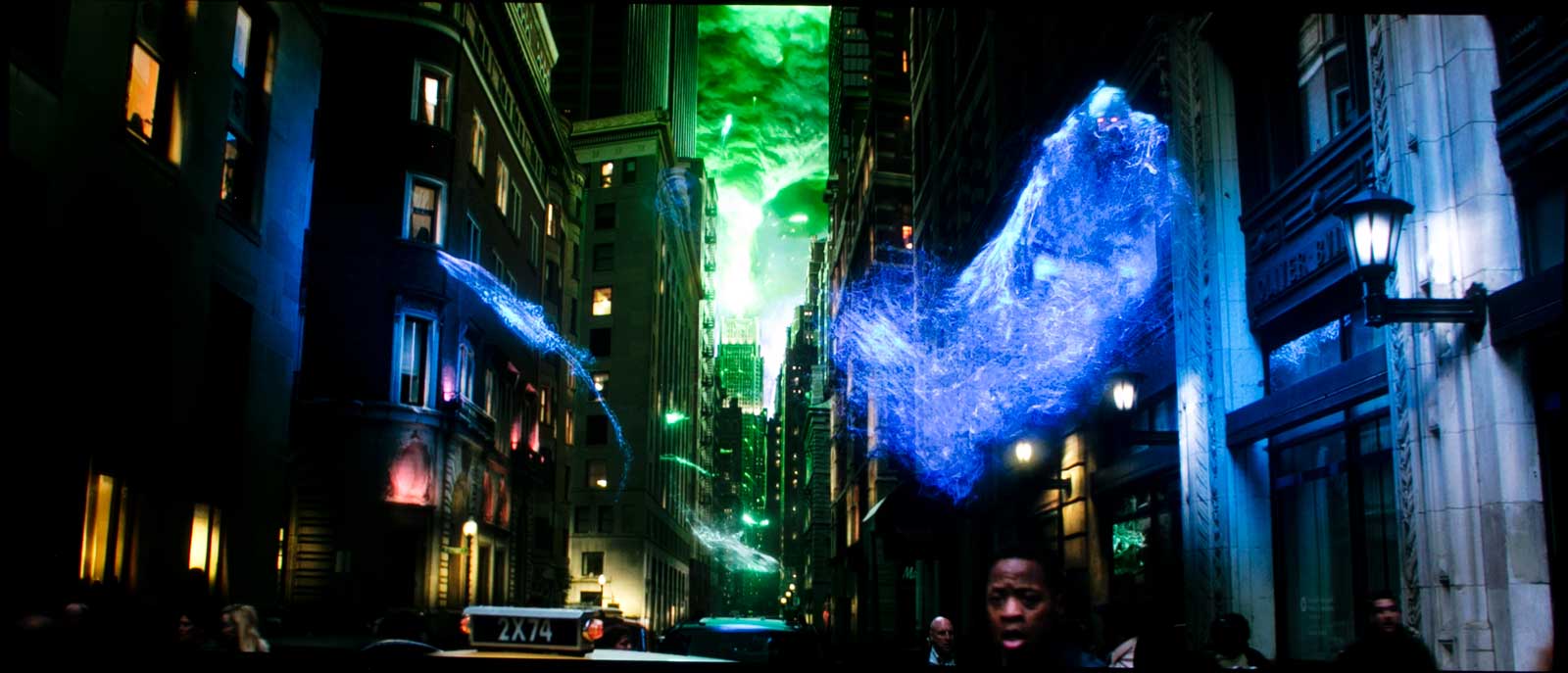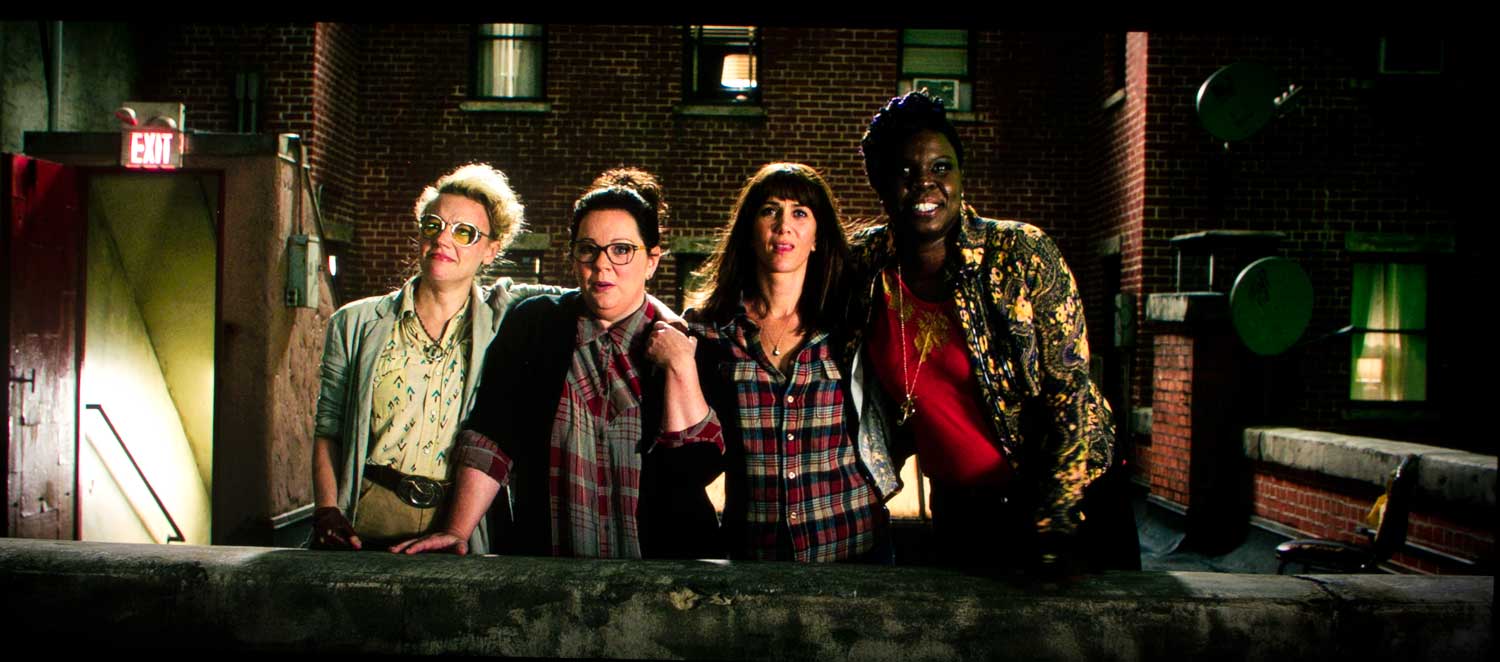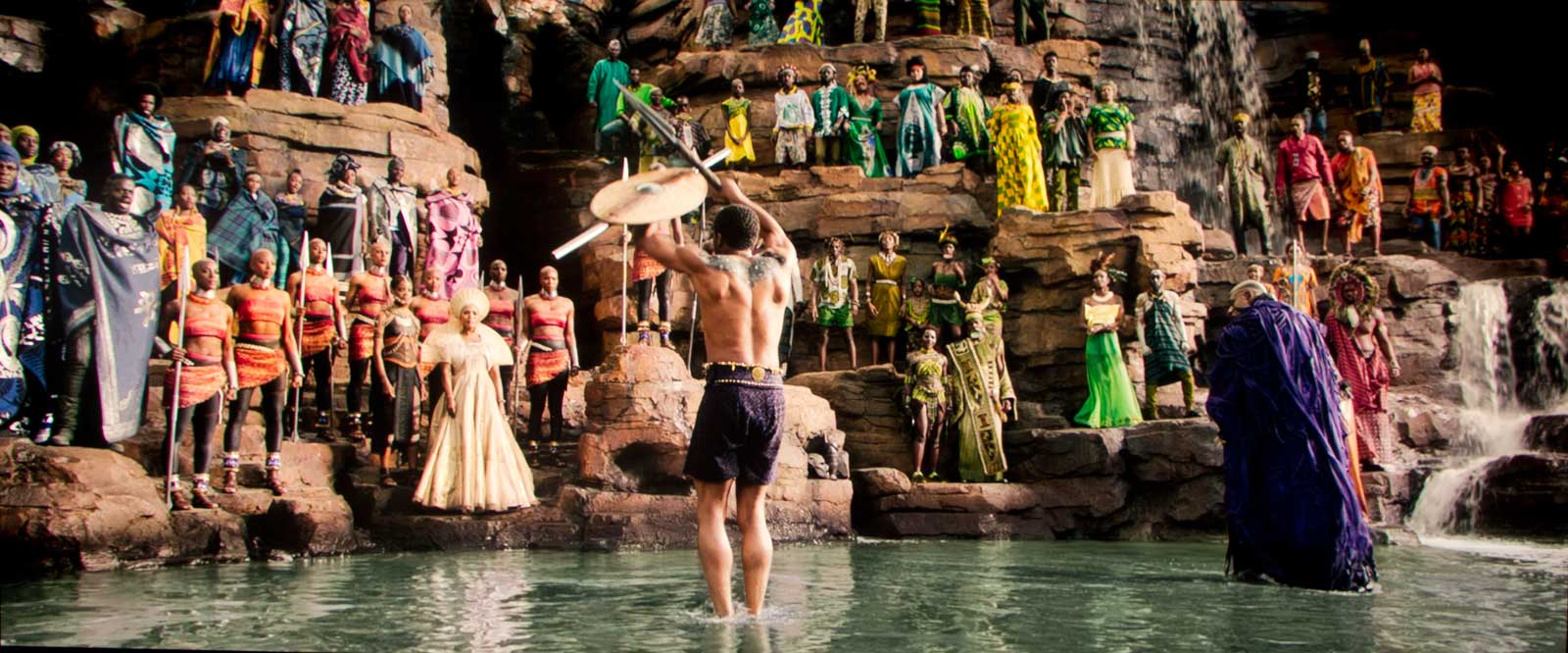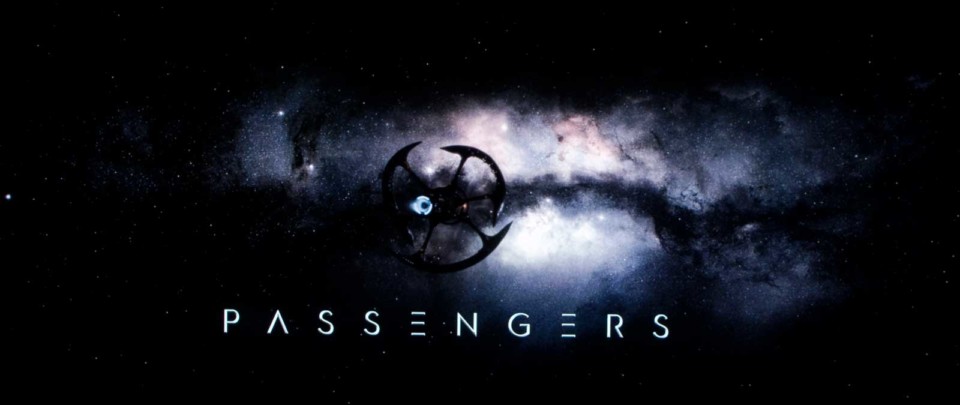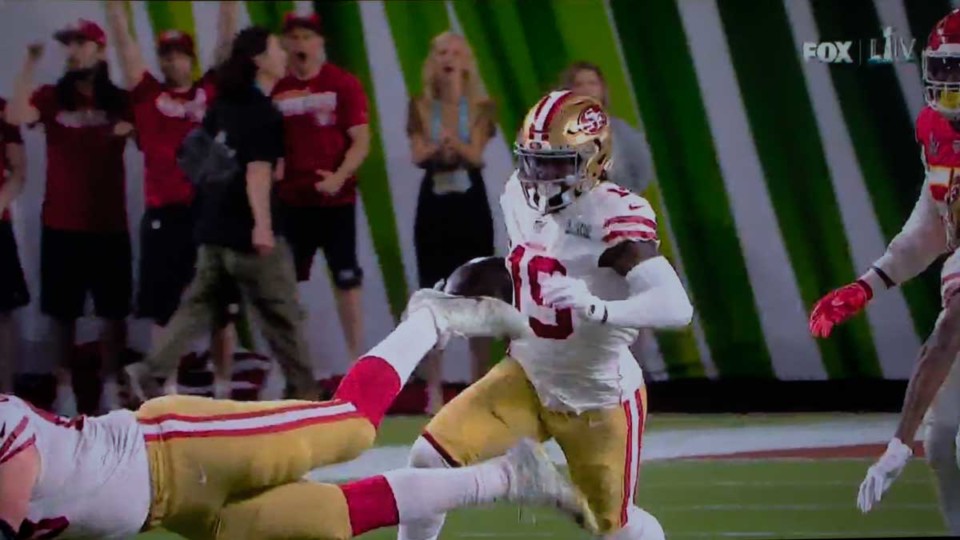When reviewing 4K projectors I concentrate primarily on watching 4K content on disc or streaming, rather than lower resolution. Still, I watch parts of a few regulars like Casino Royal, and Hunger Games (in 1080p – I have both).
Let’s talk 1080p movies, and then I’ll remind you that it may be a long time before a lot of the movies we love are available on 4K.
My first look at 1080p content on this Sony was the second movie I viewed on it. My immediate surprise about the better than expected black levels demanded that I drop in Casino Royale, to check out the black level performance on 1080p since the “Bond night train scene” has long been my reference image for black levels. You saw that image and the competition, in our player in the Black Level Performance section.
Not only were the black levels on that scene as good as any I’ve seen, give or take a competing JVC or higher-end Sony, but as you could see in the Skin Tones section, Daniel Craig’s skin tones look right in multiple different lighting scenes.
Bottom Line: Overall, the Sony looked great on 1080p content! True, it wasn’t calibrated, but again, the color balance and skin tones are really good, considering no adjustments at all. And the night scenes, from “Bond” and also Hunger Games were very richly dark!
Now let’s talk 1080p vs 4K from an acquisition of content standpoint.
True you certainly don’t need a 4K projector to watch 1080p movies, but we 4K projector users, will be watching 1080p for quite a long time.
No, that’s not a terrible thing, but hey, if you have a great projector that can do 4K and HDR with great color, then you should want everything to be 4K with HDR and P3 color.

From Casino Royale, 1080p, Blu-ray. Colors, and the overall picture looks really good!
The vast majority of movies have yet to be released on 4K UHD Blu-ray disc, and most, as the world moves more and more to streaming, won’t get released to disc.
Of course streaming is the lowest quality content – normally worse than cable/satellite quality due to higher compression, and well below Blu-ray and 4K UHD Blu-ray disc quality.
Besides, many of us have large libraries of 1080p content… I’m only replacing those that hugely benefit from the step up to 4K HDR – if available. Most of those I’ll replace are movies with a lot of CGI, great effects, or just drop dead gorgeous content, but many that I would like to buy 4K disc, aren’t offering it. I don’t need to get a 4K version of, for example, Groundhog Day, or CaddyShack, or Brooklyn, but the difference between, say the 1080p version of Catching Fire, and the 4K version is rather significant on many scenes. And, of course, higher res.
Geez, I can’t get Harry Potter, Star Wars, or even Indiana Jones on 4K disc! And I could list easily 100 other movies that aren’t available on 4K, where I already own the 1080p disc, and would like to own 4K version (until, at least we end up with available 4K streaming with minimal compression, or a lossless movie server system like the Kaleidescape Strato S that I’m using now and reviewing).

